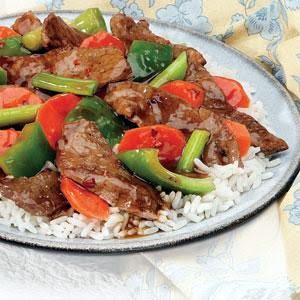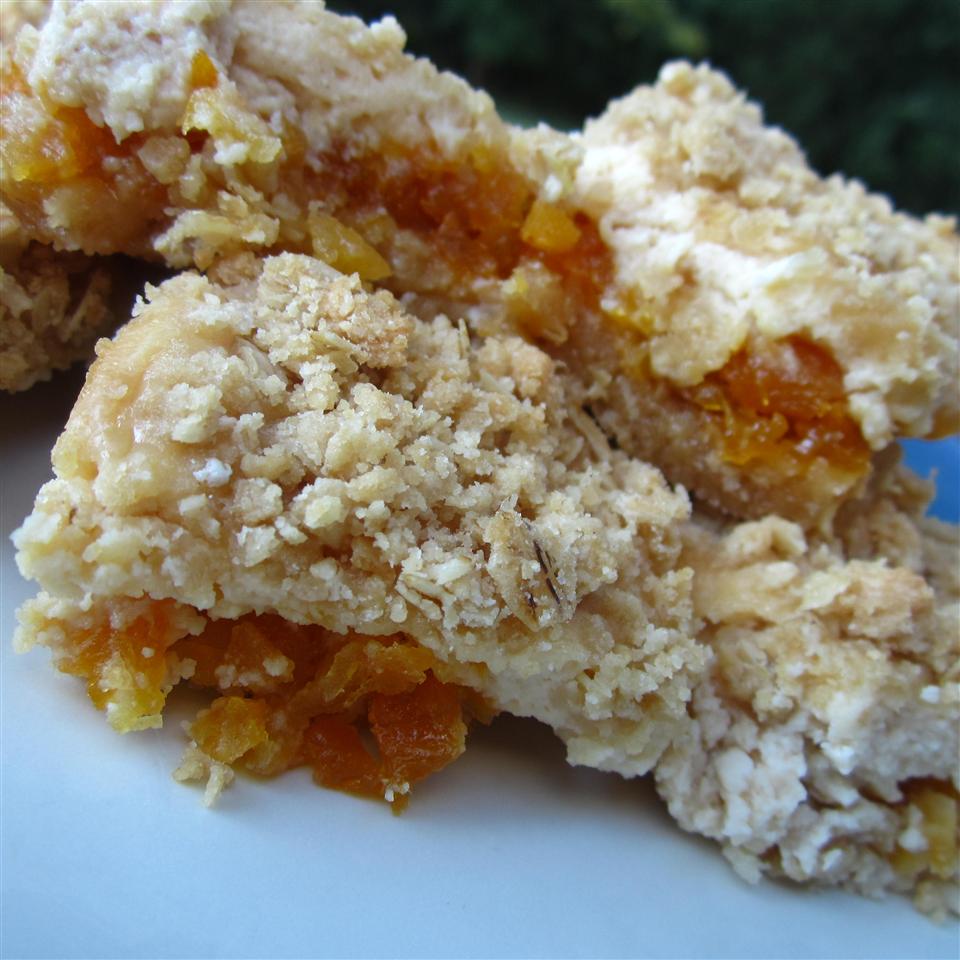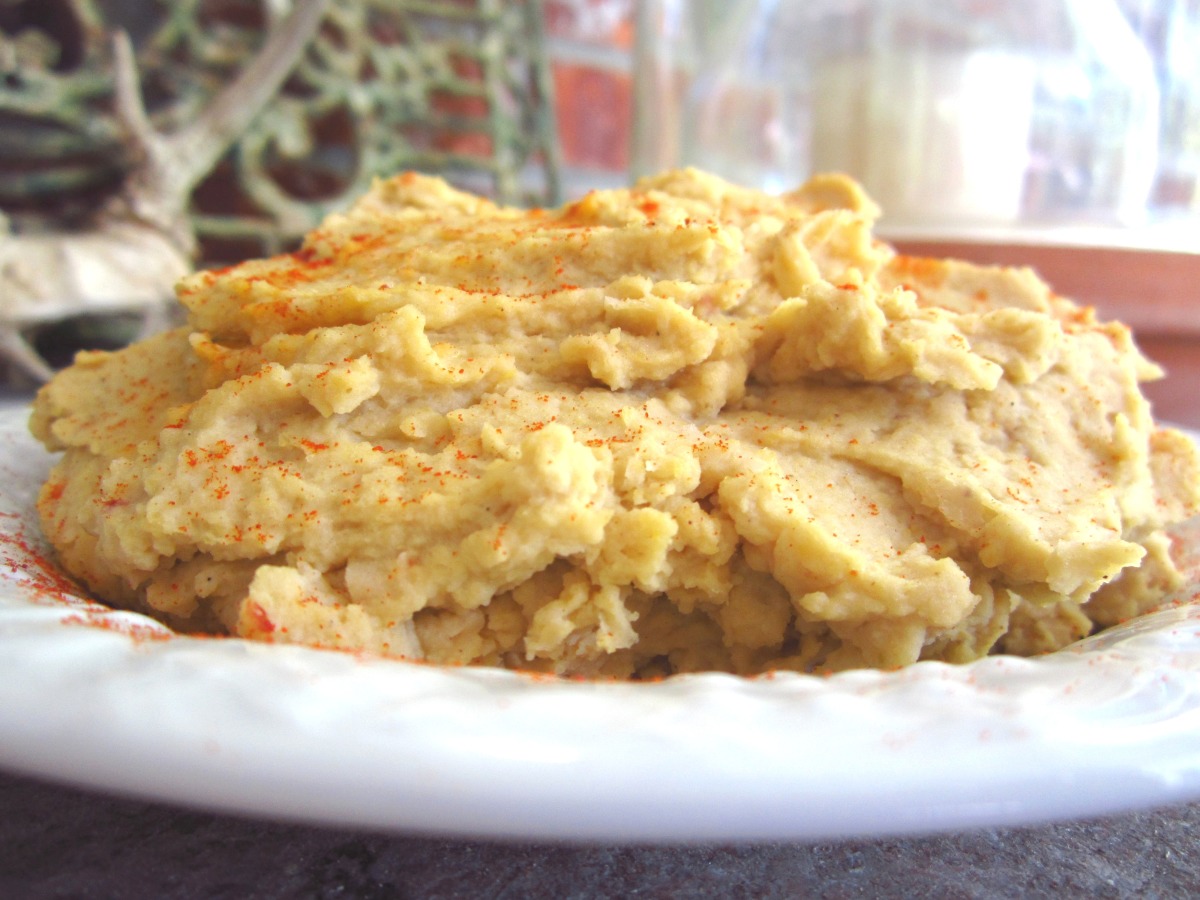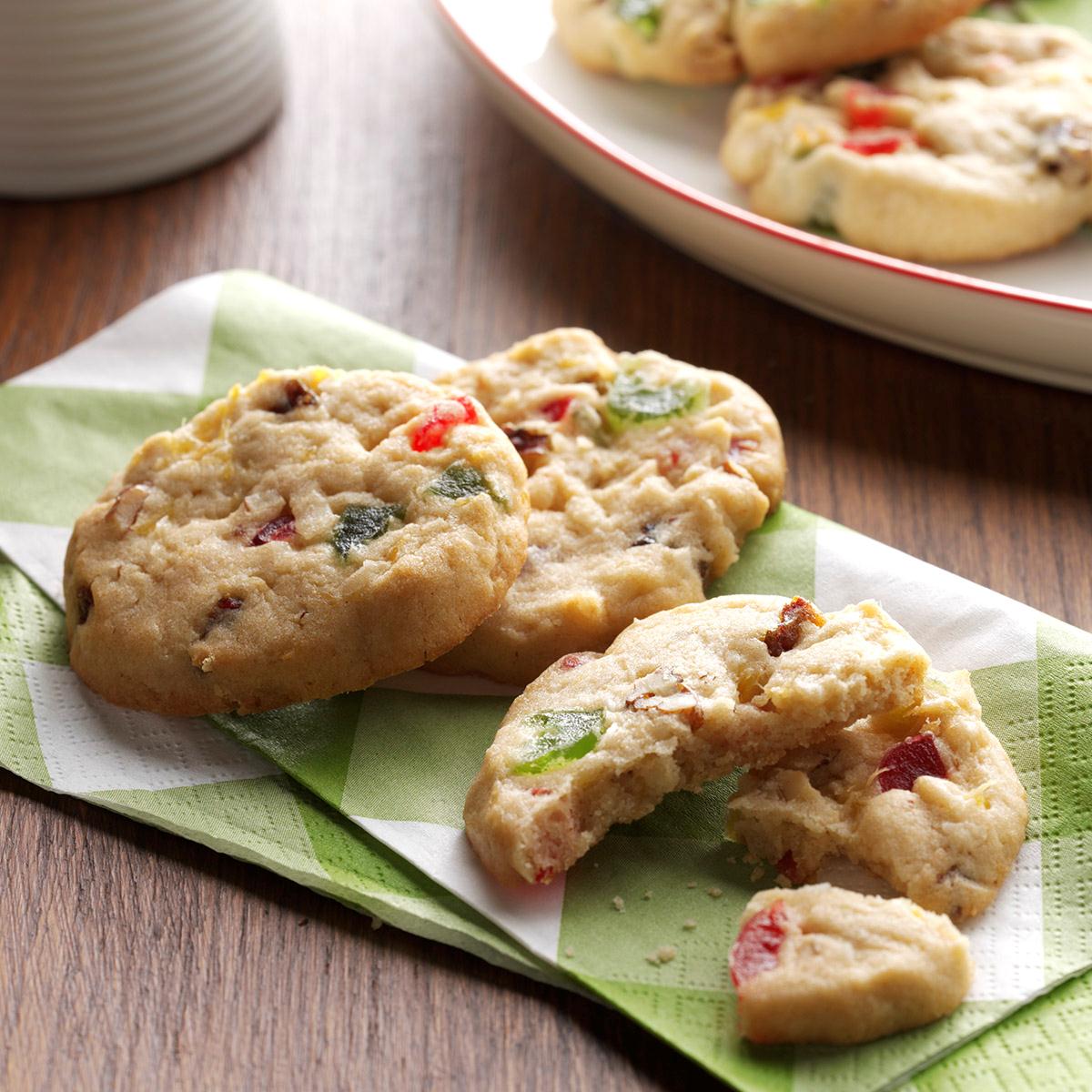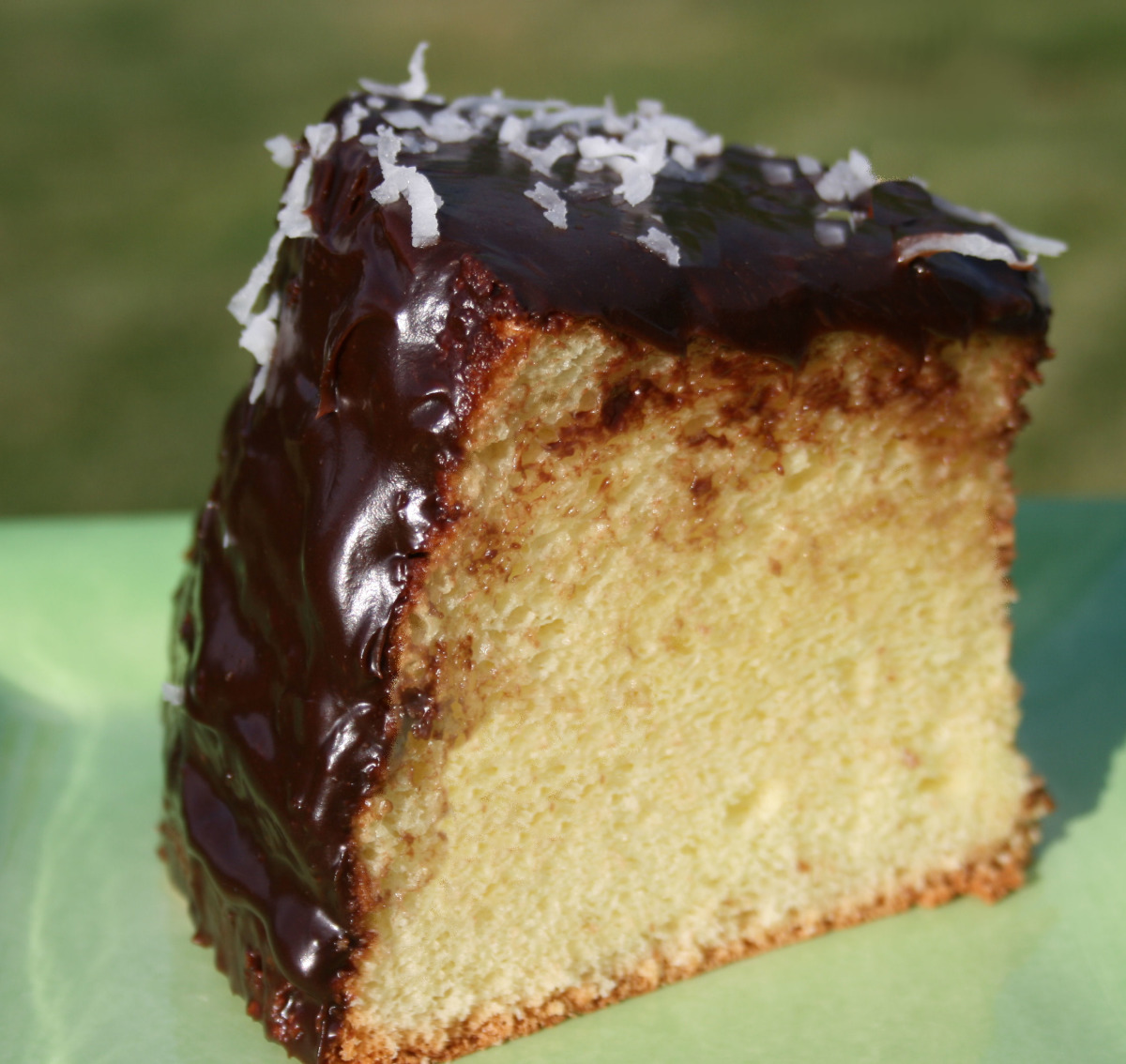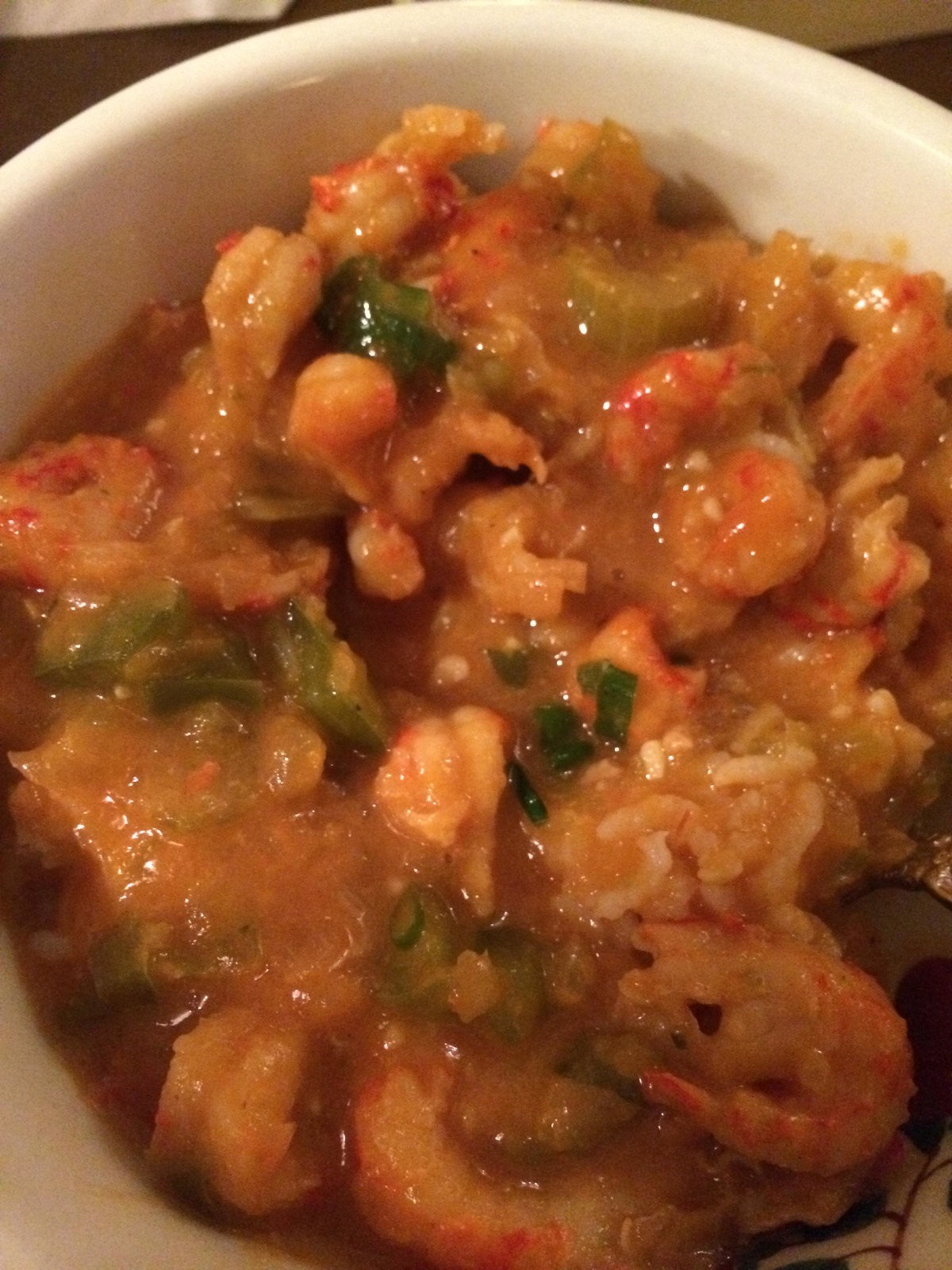**Savory Broccoli Rabe Ravioli Infused with Parmigiano and Pistachios: A Culinary Symphony**
Prepare to embark on a delectable culinary journey with this exquisite broccoli rabe ravioli dish, where flavors dance on your palate. This vegetarian delight features homemade ravioli stuffed with a savory blend of broccoli rabe, ricotta cheese, and Parmigiano Reggiano, enveloped in a delicate pasta dough. Each bite offers a symphony of textures, from the tender broccoli rabe to the creamy ricotta and the nutty Parmigiano. The ravioli are then bathed in a luscious sauce made from sautéed broccoli rabe, garlic, and chili flakes, creating a harmonious balance of flavors. The finishing touch is a sprinkle of crunchy pistachios, adding a delightful textural contrast and a burst of nutty flavor. This recipe also includes instructions for making the pasta dough from scratch, providing you with the ultimate homemade experience. Alternatively, you can opt for store-bought pasta dough to save time. With its vibrant colors, enticing aromas, and symphony of flavors, this broccoli rabe ravioli dish is sure to impress your taste buds and leave you craving for more.
BROCCOLI RABE RAVIOLI WITH PARMIGIANO AND PISTACHIOS 2
Steps:
- For the filling: Bring a large pot of well-salted water to a boil over medium heat. Set a bowl of well-salted ice water on the counter. Add the broccoli rabe and cook for 1 minute. Remove the broccoli rabe from the boiling water and plunge it immediately into the salted ice water. Reserve the boiling water to cook the pasta. Once the broccoli rabe has cooled, remove it from the ice water and squeeze out any excess water.
- Finely chop the broccoli rabe (the food processor works really well here) and put it in a large mixing bowl. Add the ricotta, Parmigiano and eggs and sprinkle with salt. Adjust seasoning if needed. Put the filling in a pastry bag and reserve.
- For the pasta: Set the pasta roller on the widest setting (#1). Start with half the pasta dough; keep the other half covered until ready to use. Using your hands, flatten the dough as much as you can to facilitate it going through the pasta roller. Run the dough through the roller, twice dusting it in between rolls if it feels sticky. Fold the dough into thirds and turn it 90 degrees (a quarter turn) and run it through the pasta machine 2 to 3 times. Move the roller to the next setting (#2) and run the pasta through. Dust lightly with flour if the dough feels sticky. Continue to run the dough through the machine reducing the opening (or moving the setting to the next larger number) in between every roll. Stop when you get to the correct thinness, this will usually be around number 5 or 6 on the dial, but every machine is different, you will have to be the judge of your own pasta thickness.
- To assemble the ravioli: Lay out the dough on a flat surface. Brush the lower half of the dough (the part that is closest to you) lightly with water. This is the glue that will hold the ravioli together. Use the glue sparingly, if you use too much the pasta will slide and not stick. Pipe 1-inch balls of filling onto the pasta that has been brushed with water, leaving about 2 inches between each ball. Fold the top half of the pasta down over the filling to meet the bottom edge. Using your index fingers, poke around each filling ball to seal the ravioli shut, AND to make sure that there are no air bubbles. Using a fluted round cutter or a fluted pastry wheel or even a drinking glass, cut out each ravioli. Transfer to a sheet tray dusted with semolina or polenta and reserve until ready to use.
- To cook the ravioli and make the sauce: Add the butter to a large saute pan and bring to a medium heat. Add 1 cup of chicken stock and season with salt. Shake the pan to incorporate the butter and stock, and simmer until the stock has reduced a bit and the sauce looks velvety and is the consistency of heavy cream. If the sauce thickens too much, adjust the consistency with chicken stock.
- Add the ravioli to the pot of boiling water and cook for 3 to 4 minutes. Carefully remove the ravioli from the cooking water and put them immediately into the sauce. Bring the sauce to a boil, shaking frequently to be sure that the ravioli don'(TM)t stick to the bottom of the pan. Sprinkle with 1 cup of the Parmigiano and swirl to combine the cheese with the sauce.
- Transfer the ravioli to a serving platter and sprinkle with a little more grated Parmesan. Garnish with chopped pistachios and serve. Mangia Bene!
- Put the flour on a clean, dry work surface. Make a hole (this is also called a well) in the center of the flour pile that is about 8 inches wide (bigger is definitely better here). Crack all of the eggs and the yolk into the hole and add the olive oil, salt and water.
- Using a fork, beat the eggs together with the olive oil, salt and water. Using the fork, begin to incorporate the flour into the egg mixture; be careful not to break the sides of the well or the egg mixture will run all over your board and you will have a big mess! Also, don't worry about the lumps. When enough flour has been incorporated into the egg mixture that it will not run all over the place when the sides of the well are broken, begin to use your hands to really get everything well combined. If the mixture is tight and dry, wet your hands and begin kneading with wet hands. When the mixture has really come together to a homogeneous mixture, THEN you can start kneading.
- When kneading it is VERY important to put your body weight into it, get on top of the dough to really stretch it and not tear the dough. Using the heels of your palms, roll the dough to create a very smooooooth, supple dough. When done, the dough should look VERY smooth and feel almost velvety. Kneading will usually take from 8 to 10 minutes for an experienced kneader and 10 to 15 for an inexperienced kneader. Put your body weight into it, you need to knead! This is where the perfect, toothsome texture of your pasta is formed. Get in there and have fun!
- When the pasta has been kneaded to the perfect consistency, wrap it in plastic and let rest for at least 1 hour. If using immediately do not refrigerate.
- Roll and cut the pasta into desired shape. How smooth and supple!
BAKED BROCCOLI RABE WITH PARMESAN
Broccoli rabe usually doesn't make it past a sauté pan with garlic and olive oil, nor does it need to. But the extra step of baking it in the oven with a shower of grated Parmesan on top - a suggestion from the chef John Schenk that was written up in a 1997 Minimalist column - is one to try. Blanch the broccoli rabe until it's bright green and nearly tender, then cook it in a pan with golden toasted garlic. From there, put it in a baking dish, sprinkle with cheese, and bake until it the cheese melts, which Parmesan does unevenly - but in a good way. This is a recipe that can easily be started, stopped and picked back up later, either after the blanching or after the sautéing. It can also be served at room temperature, so despite the three-step cooking process, it's pretty flexible.
Provided by Mark Bittman
Categories dinner, lunch, quick, salads and dressings, side dish
Time 25m
Yield 6 servings
Number Of Ingredients 5
Steps:
- Bring a large pot of salted water to boil. Preheat the oven to 350 degrees. Drop broccoli rabe into the water, and cook until bright green and tender, about 3 minutes. Remove, and plunge into ice water. Drain.
- Place 2 tablespoons olive oil in a skillet, and turn heat to medium-high. Toast garlic in oil until golden. Chop broccoli rabe into pieces, about an inch or two long, and add to skillet. Toss, then turn off heat.
- Add broccoli rabe mixture to a baking dish. Sprinkle with grated cheese, and bake until cheese melts, about 10 minutes. Serve hot.
Nutrition Facts : @context http, Calories 191, UnsaturatedFat 8 grams, Carbohydrate 9 grams, Fat 13 grams, Fiber 6 grams, Protein 14 grams, SaturatedFat 4 grams, Sodium 599 milligrams, Sugar 1 gram
SPICY BROCCOLI RABE WITH PARMESAN AND PINE NUTS
Provided by Rhoda Boone
Categories Garlic Side Parmesan Pine Nut Broccoli Rabe Anchovy Sugar Conscious Pescatarian Wheat/Gluten-Free Peanut Free Soy Free No Sugar Added Kosher
Yield Makes 4 to 6 servings
Number Of Ingredients 10
Steps:
- Fill a large pot with salted water and bring to boil over high heat. Fill a large bowl with ice water.
- Add the rabe to the boiling water and cook until bright green, about 2 minutes. Drain and submerge in bowl of ice water until cool, about 2 minutes. Drain and set aside.
- In a large skillet over medium heat, add the olive oil. Add the garlic, red pepper flakes, and anchovies, stirring and breaking up the anchovies with a wooden spoon. Cook until garlic is fragrant and light golden in color, 1 minute.
- Add the rabe to the pan with any residual water. Cook, tossing occasionally, until the mixture starts to wilt, about 2 minutes. Add the salt and pepper and cook until rabe is crisp tender, about 3 minutes more.
- Remove from heat and stir in lemon juice. Taste and adjust seasoning. Spoon onto plates or a platter and top with parmesan and pine nuts.
Tips:
- To save time, use pre-made wonton wrappers or pasta sheets instead of making your own dough.
- If you don't have a rolling pin, use a wine bottle or empty glass jar to roll out the dough.
- To make sure the ravioli seal properly, brush the edges with water before pressing them together.
- Cook the ravioli in small batches to prevent them from sticking together.
- To check if the ravioli are done cooking, taste one. They should be tender but still have a slight bite to them.
- Serve the ravioli immediately with your favorite sauce, such as a simple tomato sauce, pesto, or brown butter sauce.
- Garnish the ravioli with grated Parmigiano-Reggiano cheese, chopped pistachios, and a drizzle of olive oil.
Conclusion:
Broccoli rabe ravioli is a simple yet delicious dish that is sure to impress your friends and family. With its vibrant green color and nutty flavor, broccoli rabe is the perfect filling for ravioli. Pair it with a flavorful sauce and a sprinkle of cheese and pistachios, and you have a dish that is both visually appealing and incredibly tasty. So next time you're looking for a new and exciting pasta dish to try, give broccoli rabe ravioli a try. You won't be disappointed!
Are you curently on diet or you just want to control your food's nutritions, ingredients? We will help you find recipes by cooking method, nutrition, ingredients...
Check it out »
You'll also love




